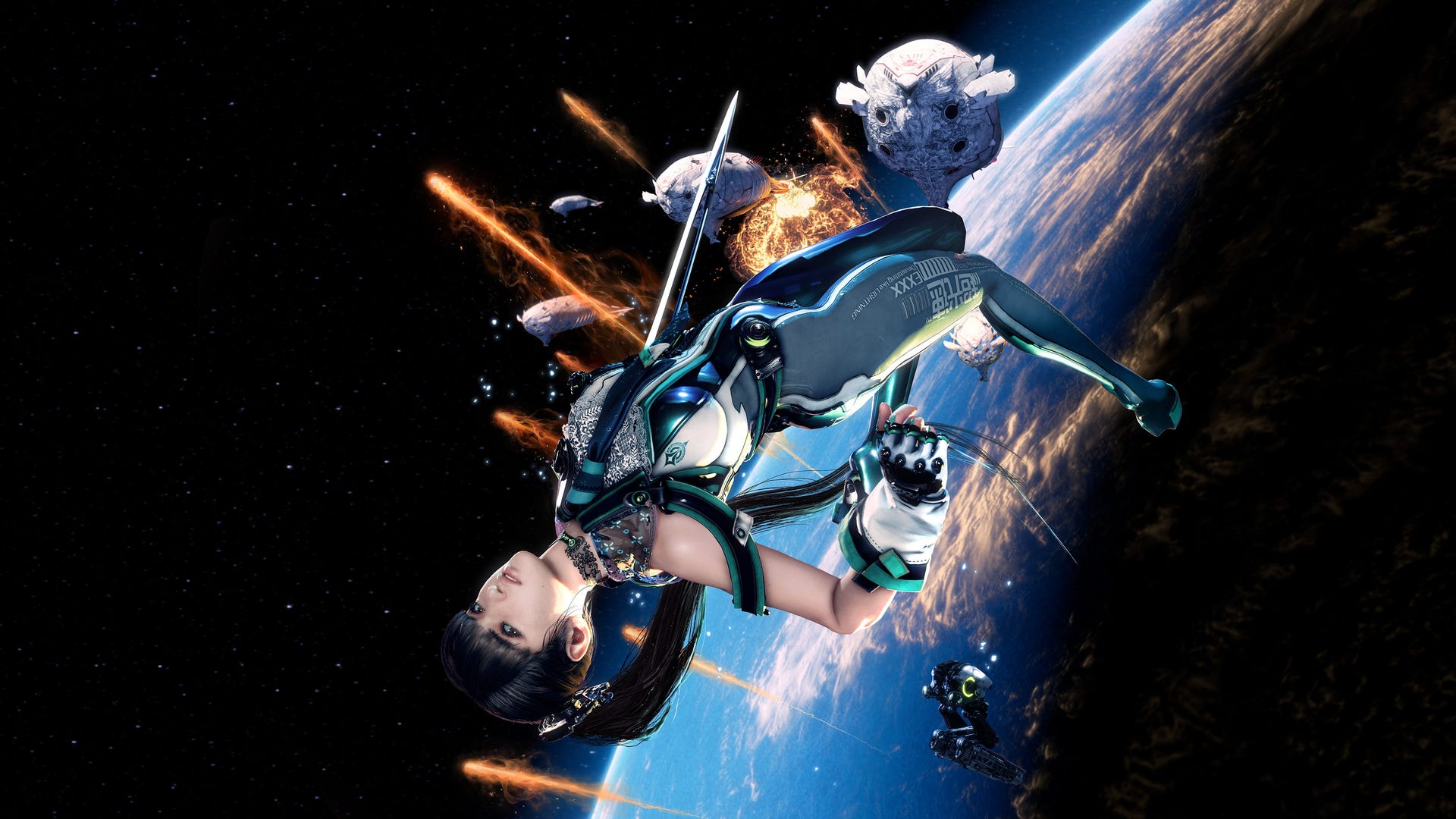
After mistakenly being put live for 30 minutes on the PlayStation Store in March, the Stellar Blade demo is now finally available for anyone to try. It’s a one-hour slice of the full release, due on the 26th of April – an effort that sees South Korean studio Shift Up make its first foray into AAA console development. And remarkably, the turnout is great: a slick Unreal Engine 4 action game for PS5 with Dark Souls elements, where the strength of its character rendering, combat controls and aliens versus humanity backdrop impress even within the demo’s short length. On a tech level, Stellar Blade has a lot of quality on show to celebrate here, not least its bombastic in-engine cutscenes.
It’s had a long road to release, too. Originally announced in 2019 under the title Project Eve, Stellar Blade began development as a PS4, Xbox One and PC title before transitioning to a PS5-only project under Sony’s mentorship. Looking at the demo, it’s clear that the single-platform approach has benefits – including a choice of three well optimised graphics modes. In this case the performance and balanced modes target 60fps – via differing approaches to image quality – while a resolution mode opts for 30fps while pushing for 4K visuals. With the demo content available then, it makes sense to zero in on what the best mode is likely to be in the final game, as well as sample some of its visual high points.
Even in a brief one hour segment, Shift Up’s use of Unreal Engine technology has a string of standout moments. From an explosive battle on a war-torn beach right on through to a later dilapidated city, many aspects of Stellar Blade’s visuals are highly accomplished from the word go. For a start, cutscenes put character detail in clear focus. Close-ups of our heroine Eve showcase supremely high-quality skin shaders and detailed facial animation. Light interacts with skin, hair, eyes and the rubber material on her suit realistically. And there’s no shortage of light points in the scene, either. Lit particle effects and transparencies often fill the background during the opening sequence, along with volumetric effects to simulate rising dust in the air. In motion, combined with a high quality depth of field, the result could often pass for a modern CG animated feature. It’s a luxuriously filmic presentation that impresses.




